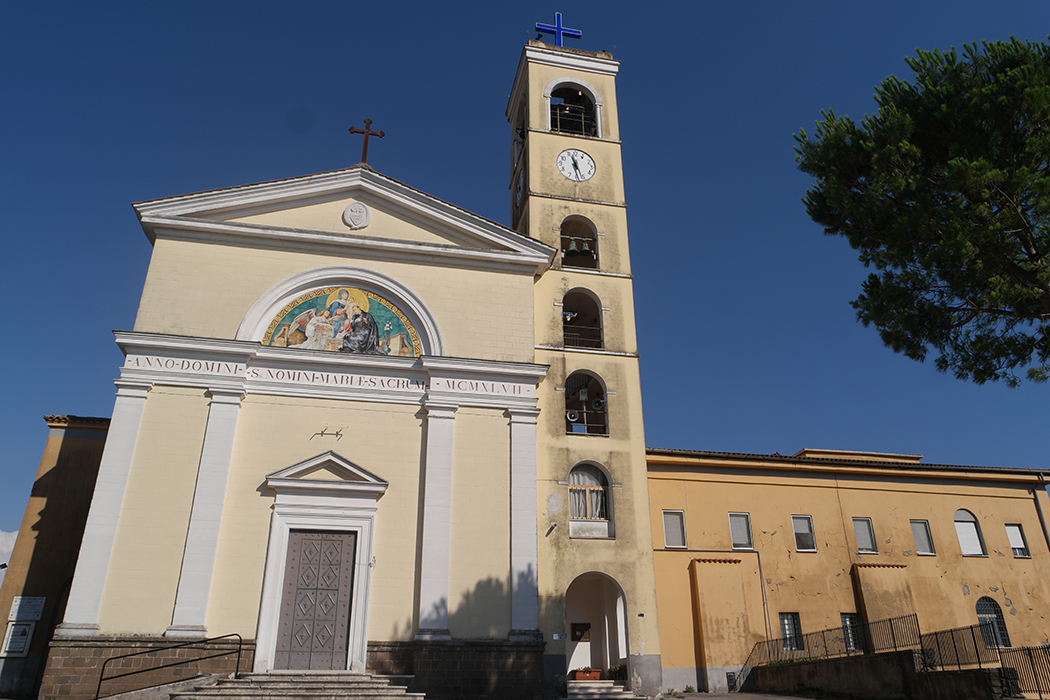Perhaps the Church and Monastery of Santa Maria Pugliano were founded around a small church dedicated to the Virgin, that was a home for hermits who were guarding it.
The image of the Madonna was called 'The Puglianella' because it was thought that it had been brought from the Puglia region by two soldiers.
In the area of Santa Maria Pugliano also stood a castle built to protect local people.
In 1559 Father Santo from Piglio turned the church into a convent which was ceded to the Order of Friars Minor Conventual. It was later closed in 1652 due to lack of religious interest.
In 1750 it was assigned to the Passionist Fathers who still have care. The Passionists enlarged it, and they added one and then other altars in 1823.
During the Second World War, the monastery was occupied by the Germans and in 1946 the church was rebuilt and enlarged.
On the high altar there is a painting of the Madonna that replaced the statue of Puglianella which is now inside the convent.
The facade is in eighteenth-century style, and on the tympanum is a drawing of the Virgin and St. Paul of the Cross made of majolica (clay).
The interior has a nave with a side chapel, dedicated to St. Paul of the Cross, and is decorated with faux marble plaster.
Under the altar lie the relics of San Teodoro martyr, supported by columns of porphyry and over the entrance is found the organ and the choir.
The new bell tower dates back to 1967 and on top of which is a clock and bells, while the old bell dates back to 1486, as can be seen by an inscription engraved in bronze.







Follow us